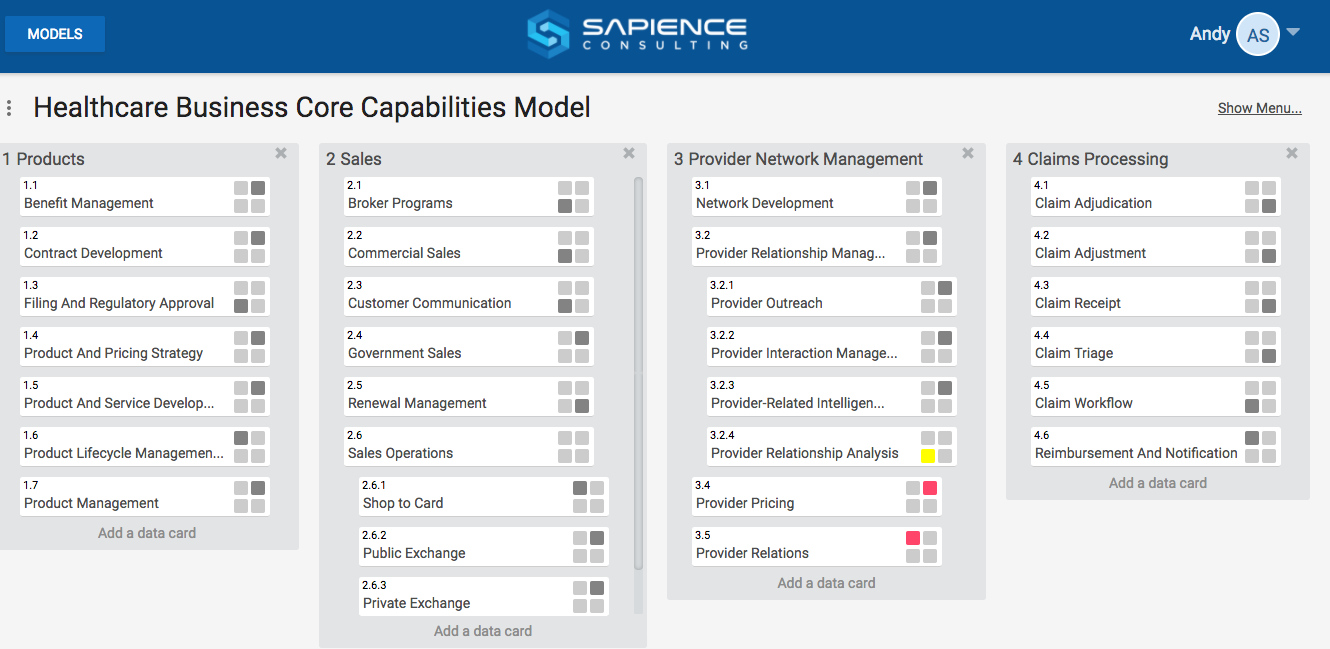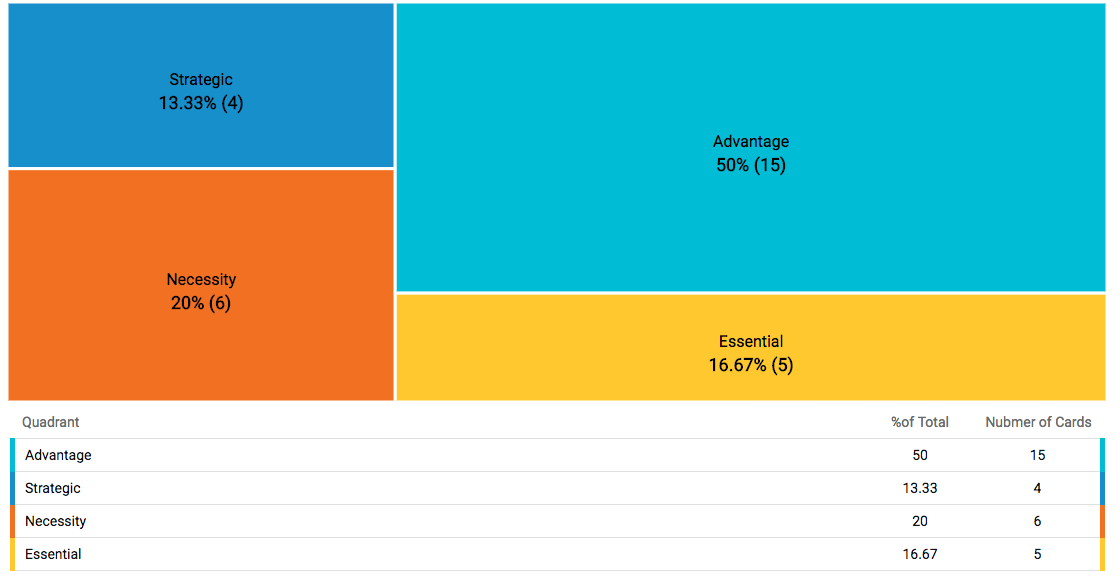Regardless of the type of business you’re running or even the industry you’re operating in, so much of your success on a daily basis comes down to your ability to make quick, effective decisions at a moment’s notice.
Equally important is your ability to see the “bigger picture” - how does that seemingly small decision you’re making on a project today affect you and your team tomorrow, next week or even a year from now? How does it help you not only mitigate risk but deliver a higher quality end product to your clients? How does it make sure that today’s business capabilities stay aligned with tomorrow’s business objectives?
Do you currently have the level of insight you need to know the answers to these questions in the first place?
For the modern business, the major productivity-related issue that most people are running into isn’t a lack of available data - it’s quite the opposite. Data volumes are exploding - to the point where Forbes estimates that about 1.7 megabytes of new information will be created for every living person on the planet by as soon as 2020 every second.
For most organizations, this creates a series of problems almost immediately. It’s now harder, not easier, to make actionable and informed decisions because you’ve got too much to consider. Too much to focus on. It’s more difficult to see what needs to be an immediate priority and what can wait. It makes productivity harder, because keeping everyone on the same page is now a huge challenge - to say nothing of how difficult things become when you’ve got teams of employees working in the field or remotely.
It’s important to note that overcoming these challenges isn’t just about your ability to make the most out of the time you have available to you - it’s about making the most out of opportunities as they develop. It’s about finding new ways for your employees to work smarter, not harder - increasing the ease at which they can collaborate with one another, yet still improve traceability and accountability on behalf of managers.
This, in essence, is what a priority matrix tool like Strategic Quadrant is all about. By giving you and your teams a better way to prioritize tasks based on what they require in terms of time, energy and talent, along with where they fall in the larger picture that is your business, you instantly usher in an environment where collaboration gives way to productivity which gives way to ultimate success at the exact same time.
At its core, a priority matrix is a tool used to enable business architects to create, organize and evaluate everything from organization charts to operating models to business capability models and more. Using the data that you and your teams are already creating, a prioritization matrix allows you to effortlessly prioritize your data via heat mapping to gain superior visibility over not only the situation at hand, but how decisions today will affect you as a collective down the road.
It’s the perfect opportunity to put the principles of SWOT analysis to work for your benefit - it lets you see the internal strengths and weaknesses of the task at hand, all while uncovering external opportunities and even potential issues that you may not have considered.
But the most important thing about a priority matrix tool like Strategic Quadrant that you need to understand is that it’s flexible. It lets you quickly organize your data elements in lists to support your existing workflow, not replace it. It’s about putting your data to work for you and your teams, as opposed to being forced to change the way you operate in an attempt to make the most of your data.
With the right prioritization matrix at your side, the teams at the heart of your business can now quickly organize data elements in lists based on the criteria that matters most for the objectives at hand. Defining requirements based on scope, schedule, budget and even quality can be handled from within a single, sophisticated user interface.
One of the many ways that this can be helpful comes by way of operating model transformation. In many situations, an operating model is necessary to not only map your current capabilities against ever-changing organizational priorities, but to do so based on a variety of metrics that offer greater insight than just efficiency alone.
With a prioritization matrix at your side, your business processes are no longer being measured in silos - you can see that mission-critical context, often for the first time. It’s now possible to benchmark today’s operating model against not only best-in-class past performance, but best-in-class in terms of the incredibly fluid “new normal” at the same time. This allows you to measure the future readiness of your entire operating model from the top down, opening the door for metrics like cost reduction and controllership in addition to simple effectiveness.

Building a better operating model is just one of the many use cases that Strategic Quadrant is suited for. Others include building an organization chart to help increase collaboration and productivity in terms of projects, value streaming opportunities, enterprise mapping and so much more. Even business model canvassing becomes easier, as business architects now have the tools necessary to quickly organize and document various business capabilities to better reflect the ongoing enterprise operating model at the heart of it all.

In the end, the major benefit that a priority matrix brings to the table is one of empowerment. You and your team members are no longer at the mercy of the huge volumes of data being created - visibility, insight and even a superior level of data accountability are now the new norm.
Strategic Quadrant allows you to take a much more straightforward, thorough and systematic approach to evaluating choices - allowing you to not only make better decisions, but to make them faster than ever before. It allows you to align your organizational strategy in a way that doesn’t hinder your team members, but empowers them - based on the information at hand, they are now in a better position than ever to communicate needs, stay on the same page and focus their attention on what really matters.

Perhaps the most important benefit of all, however, is that this allows you to do what you’ve always dreamed of doing in the first place: continue to grow and evolve your organization into the type of business you hoped you would one day be running. It’s about making the best use of today while keeping your eye on the “prize” of tomorrow at the exact same time.
Sign up your FREE account today to start using Strategic Quadrant.